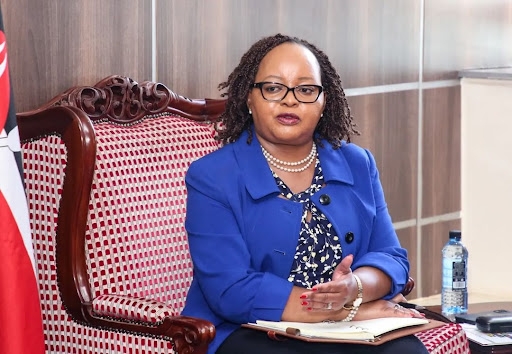The recent 87 per cent cut in call interconnection rates, announced by the Communications Authority of Kenya, is a laudable move with the potential to unlock massive benefits to our economy.
Consumers should now be able to enjoy lower calling rates.
This will make mobile voice services accessible to more people in the country, thus fostering inclusive development that leaves no one behind.
Considering the important role that the telco industry plays, this is likely to trigger even more economic goodies.
This is critical in these times, when technological solutions, spanning voice, SMS, data and mobile money, have kept economies running with restrictions on physical interactions.
The newly reviewed mobile termination rate and fixed termination rate, defined as the cost that operators charge to allow subscribers to call across their networks, will come into effect in 2022.
The CA’s decisive action is the first we have seen in six years.
It sets in motion the process of effecting long-overdue reforms in the telco market.
This momentum should not be lost at all costs.
Sustained, this is guaranteed to benefit the sector, by making it more competitive for the benefit of consumers.
Operators now have more price flexibility, allowing them to craft and rollout more innovative and affordable solutions.
It will unlock interest from investors, who have kept away due to an uneven playing field that has resulted in some players exiting the market.
Telcos will now have more money to invest into their infrastructure and networks, as opposed to using the same money to pay high interconnection fees.
This will lead to improved service quality the consumer will get to experience even more value for the money they spend.
With the review of these interconnection rates, two more actions remain outstanding in efforts to reform the telco market.
They are addressing the imbalances concerning mobile money (wallet and agent) interoperability and network sharing among operators.
Together, these three remedies outlined by a study the CA commissioned back in 2016, promise to make competition in the telco industry more robust.
This will eliminate any advantages hitherto enjoyed by the dominant player, taking advantage of the imbalance in connecting traffic with the smaller players by incentivising subscribers to stay on their network.
Now, existing smaller players will have some legroom to better compete.
This interconnection rate review is likely to attract new operators to the market, offering more choices to consumers.
However, this is too enormous a task to be left in the hands of the telco industry regulator alone.
Other agencies with a policy and regulatory role need to follow suit and play their part.
Key is the Central Bank of Kenya, in whose remit regulating the mobile money market, falls.
Similarly, Parliament, through relevant committees of the National Assembly and Senate needs to take similar decisive action.
Over the years, there have been attempts by these committees, to interrogate the matter of an imbalanced telco market.
These efforts have not borne much fruit, beyond tabling reports on the floor of both houses that have largely gone unimplemented.
Let us take advantage of the current window of opportunity to swiftly correct the imbalance in the telco market.
The CA has initiated the process, this momentum of reforms needs to be sustained by all concerned stakeholders.
Edited by Kiilu Damaris











